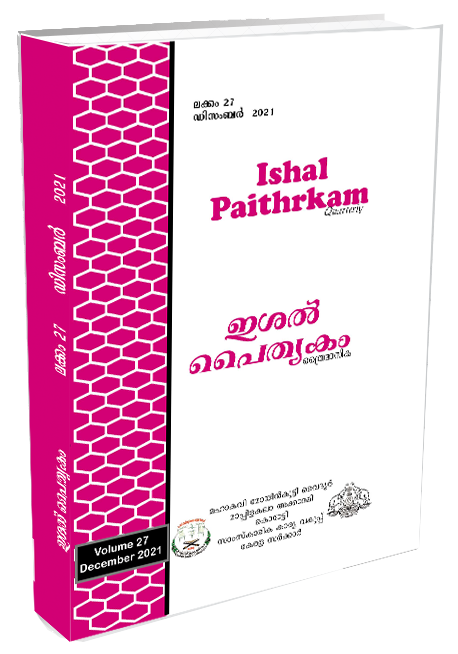British Stance in the Abolition of Sati
Keywords:
Self-immolation, victim, political expediency, sastric validityAbstract
Sati, the ritual of self immolation of widows in their funeral pyres of their husbands’ was the first socio-religious issue which attracted wide public attention among the natives and the British in India. It evoked heated debates among the Indians who were influenced by the Western ideals. The British Government in India was pressurized by a variety of public drawing from India and abroad. Indian reformers who were influenced by western ideals, the East India Company officials, European missionaries and the public in Britain clamoured for British interference in the practice.
Downloads
References
Edward Thompson.Suttee. The Hindu Rite of Widow Burning.London.Unwin Brothers, 1928.p.52
John Straton Hawley, sati. The Blessing and the Curse.The Burning of Wives in India.New York, OUP, 1994.p.45.
Madhu Kishwar. ‘Deadly laws and Zealous Reformers. The Conflicting Interpretations and Politics of Sati’Manushi.No115.24.
Lata Mani, Contentious Traditions. The Debate on Sati in Colonial India, Delhi, OUP, 1996.31
Demetrius C.Boulger.Lord William Bentinck, Oxford, University of Oxford, 1897. 84.
Iqbal Singh, Ram Mohan Roy. A Biographical Enquiry into the making of Modern India. Vol.I. Delhi:Asia Publishing House, 1983. 197
Bengal Judicial consutations,1812, 23.
Papers Relating to East India Company Affairs, viz , Hindu Widows and Voluntary Immolations, 1821: 37.
Papers Relating to East India Company Affairs, viz , Hindu Widows and Voluntary Immolations, 1821: 99.
J.Peggs. Suttees Cry to Britain. Burning Hindu Widows, London, Unwinbrothers, 1928, 93..
Anne Thackery Richie, and Richardson Evans,Lord Amherst, Oxford, University of Oxford, 1894. 48.
Demetrius C.Boulger.Lord William Bentinck, Oxford, University of Oxford, 1897. 80.
Downloads
Published
Issue
Section
License
Copyright (c) 2025 ISHAL PAITHRKAM

This work is licensed under a Creative Commons Attribution-NoDerivatives 4.0 International License.

